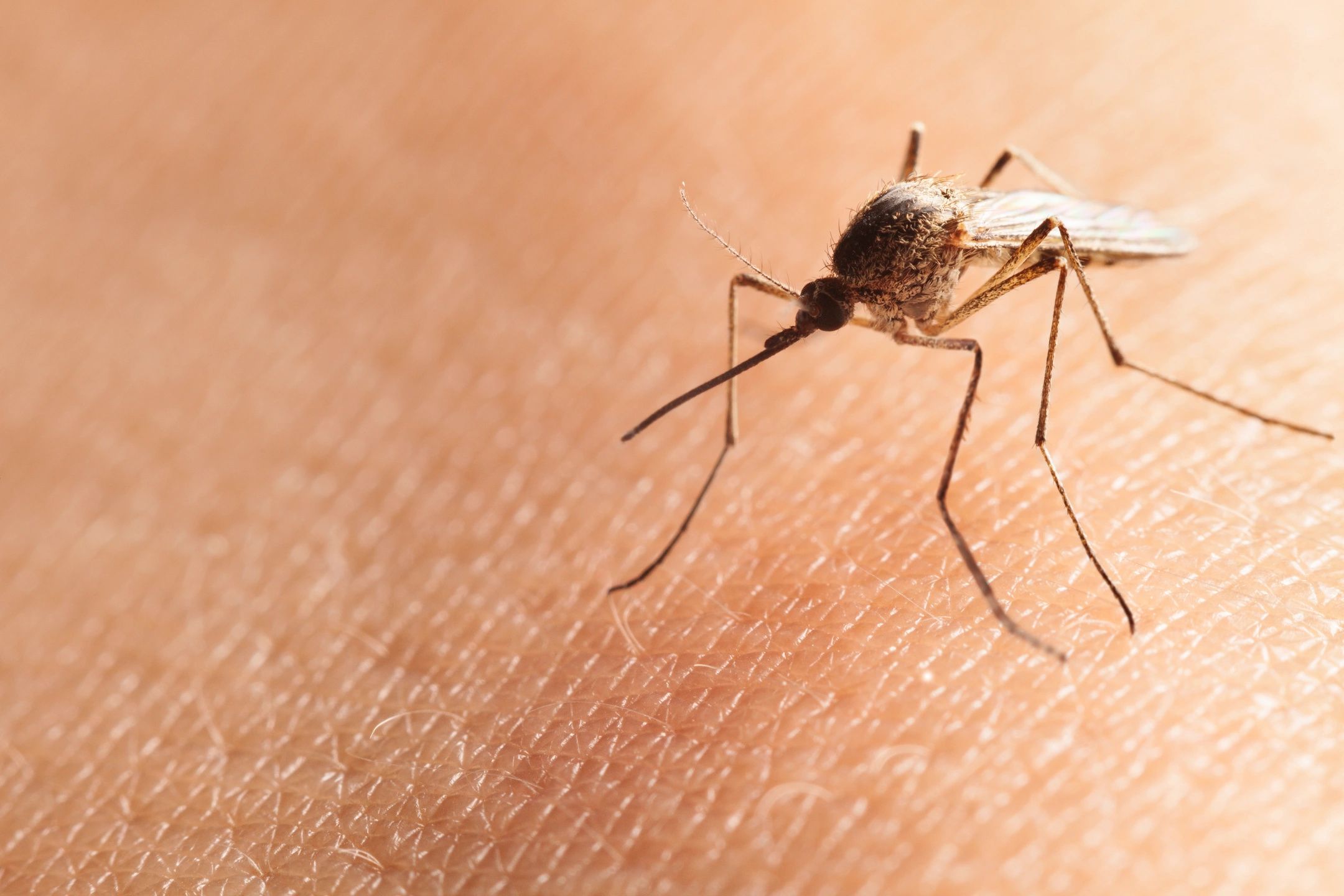Health Advisory: Six cases of Salmonella illness in WA likely linked to cucumbers

Per the Washington State Department of Health: Six cases of Salmonella illness in WA likely linked to cucumbers Initial investigation suggests Costco three-pack English cucumber OLYMPIA ¾ State health officials are working with state, local and federal public health partners to investigate the source of six Salmonella infections. The six cases include residents of King … Health Advisory: Six cases of Salmonella illness in WA likely linked to cucumbers



